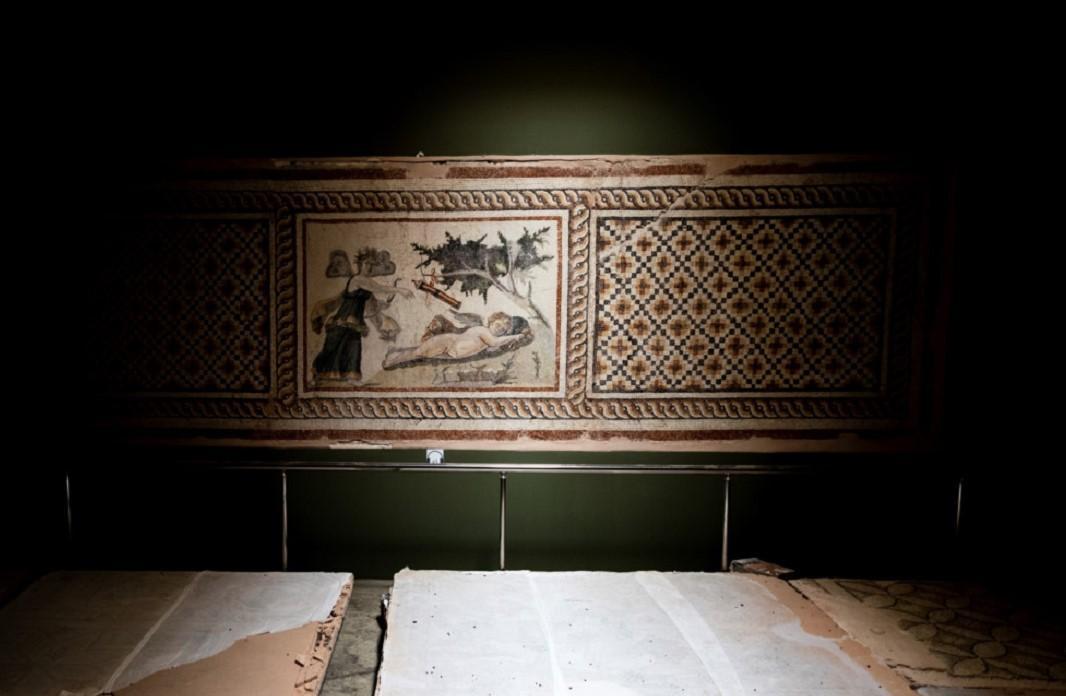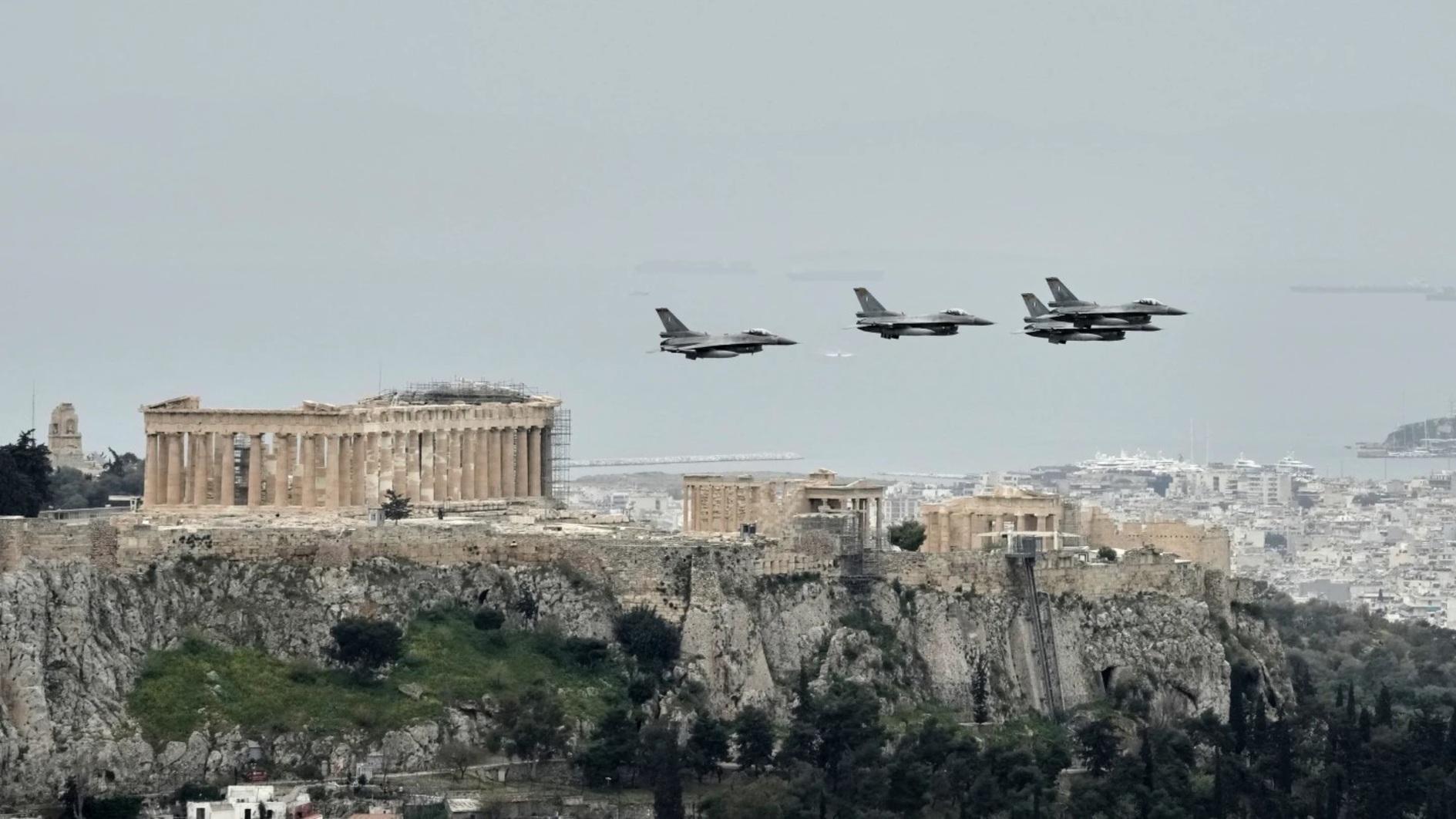Hatay’s artifacts moved to Kırşehir Museum
HATAY

Nearly 400 small artifacts in the Hatay Archaeology Museum, some of which got damaged during the Kahramanmaraş-centered earthquakes in February, were sent to the Kırşehir Museum for protection against aftershocks.
Approximately 150 artifacts, weighing tons, are also preserved in their own places in the museum with a method of on-site preservation.
While the debris removal works continue uninterruptedly in Hatay, which experienced the most damage in the earthquakes, officials work for artifacts in the Hatay Archaeology Museum.
Hatay Archaeology Museum Director Ayşe Ersoy noted that the museum, built in 2014, is built on bored piles and that the majority of the artifacts in the museum are intact.
“The museum is one of the most important museums in the world with an area of 10,000 square meters and also the largest mosaic museum in the world. A total of 3,000 works were exhibited here, of which 1,500 were small artworks and the others were large ones,” Ersoy said.
“Hatay is a city famous for its mosaics. The mosaics of the ancient cities of Antiocheia, Seleukeia Pieria and Alexandretta, villas and baths of this region and its districts are exhibited in this museum. All of the floor mosaics brought during the excavations in the 1930s and 1938, and the recent ones, are exhibited in this museum,” she said.
Ersoy stated that the statue that the people of the region showed the most interest and wondered about its latest status after the earthquake is the statue of King II Suppiluliuma.
“After the Great Hittite Kingdom collapsed, the Hittites came to Southeast Anatolia and established small empires and city kingdoms. In this region, the Unqi/Patina Kingdom was established. He is the king of the Unqi/Patina Kingdom. The 1.5-ton and 1.5-meter-high King Suppiluliuma statue was preserved in its own place because it was too heavy to carry,” she said.
Ersoy stated that the situation is the same for the Antakya Sarcophagus, Arsuz Steles and gigantic immovable artifacts, and added, “All the artifacts on display here have been moved to the Kırşehir Museum. Heavy artifacts, which are difficult to transport, were wrapped with geotextiles and etaform, and then surrounded by a light material, pozzolana, which we call lava ash, and protected in a steel cage. Approximately 150 artifacts in heavy tonnage in our museum were protected in situ against aftershocks.”
















